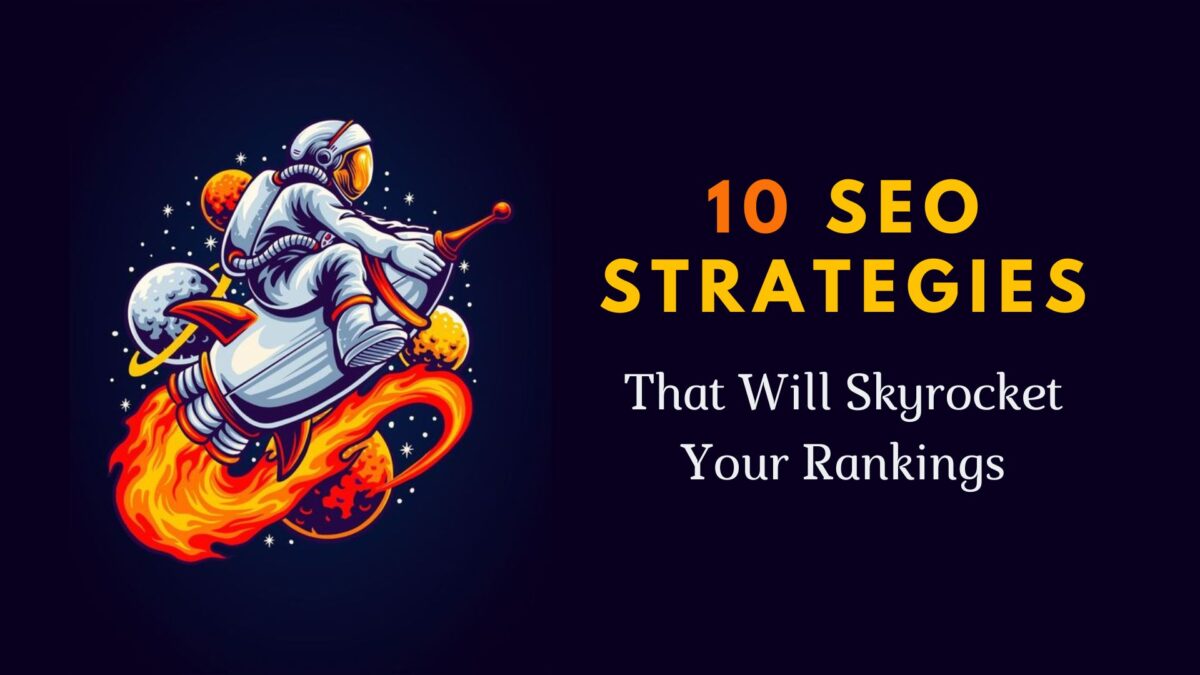LinkedIn Newsletter is an increasingly popular feature on the world’s largest professional networking site, LinkedIn. This powerful tool allows users to publish long-form content regularly and distribute it to their network of connections.
The benefits of this feature are numerous, from building and engaging with a dedicated audience to increasing visibility and establishing thought leadership.
But what good is a well-crafted LinkedIn Newsletter if nobody can find it? That’s where SEO comes in.
By optimizing your LinkedIn Newsletter for SEO, you’ll not only reach a wider audience but also establish yourself as a thought leader in your industry.
In this post, we’ll dive deep into the world of LinkedIn Newsletters and reveal tips and tricks to help you make the most of it.
Table of Contents
Features of LinkedIn Newsletter
Let’s start by exploring the key features of the LinkedIn Newsletter that make it a must-have tool in your content arsenal:
- Image size: You’ve heard it before – a picture is worth a thousand words. In your LinkedIn Newsletter, you can use eye-catching images with a recommended size of 1200×627 pixels to captivate your audience and enhance your storytelling.
- Formatting: Keep your content easily digestible with LinkedIn’s built-in formatting tools. Create headings, subheadings, bullet points, and even quotes to keep your readers engaged and help them quickly absorb the information.
- Analytics: Knowledge is power, and LinkedIn Newsletter provides you with valuable insights. Track your newsletter’s performance with metrics like views, likes, comments, and subscriber count to gauge your success and refine your strategy.

Benefits of LinkedIn Newsletter
Now, let’s explore the numerous benefits of using LinkedIn Newsletter to elevate your personal and professional branding, networking, and thought leadership:
- Branding: LinkedIn Newsletter helps you consistently share valuable content, allowing you to build credibility and authority in your niche. Over time, your audience will associate your name with quality insights, bolstering your personal and professional brand.
- Networking: By offering valuable content through your newsletter, you’ll attract like-minded professionals and potential collaborators. Engage with them in the comments, and you’ll grow your network organically with people who appreciate your expertise.
- Thought leadership: Consistently publishing insightful newsletters will position you as a thought leader in your industry. Your opinions and insights will be sought after, giving you a competitive edge and increased visibility.
By leveraging these benefits, you’ll supercharge your online presence and make lasting connections with your target audience.
SEO Tips for LinkedIn Newsletter
Ready to make your LinkedIn Newsletter stand out in search results? Here are some tried-and-true SEO tips to optimize your content:
- Relevant keywords: Identify the most relevant keywords for your topic and integrate them naturally throughout your content. Tools like Google Keyword Planner or Ubersuggest can help you find the perfect keywords.
- Optimizing headlines: Your headline is the first thing readers and search engines see, so make it count. Include your main keyword and craft a compelling, concise headline that encourages clicks.
- Subheadings: Break your content into smaller sections with keyword-optimized subheadings. This not only improves readability but also signals search engines about the structure of your content.
- Meta descriptions: Although LinkedIn doesn’t allow custom meta descriptions, you can still optimize the beginning of your content. Ensure the first 150-160 characters are engaging and include your main keyword, as search engines may use this as a snippet in search results.
By following these SEO best practices, you’ll increase the visibility of your LinkedIn Newsletter and attract a wider audience.
Suggested Reading: 20 SEO Hacks to Improve Your Search Engine Rankings
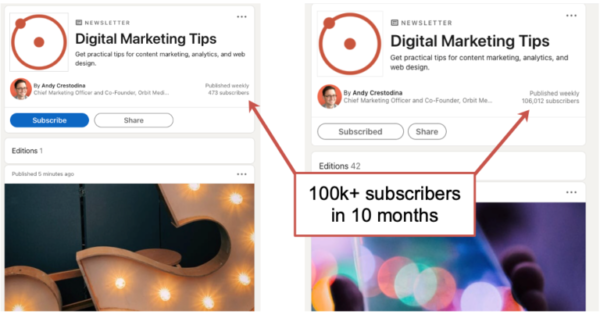
Best Practices for Creating LinkedIn Newsletter
Ready to create a LinkedIn Newsletter that your audience can’t resist? Follow these best practices to ensure your content is engaging and impactful:
- Know your audience: Understand the needs, pain points, and interests of your target audience. Create content that speaks directly to them, offering solutions and insights they’ll find valuable.
- Storytelling: Weave narratives into your content to make it more relatable and memorable. Share personal experiences, case studies, or anecdotes to illustrate your points and keep readers engaged.
- Formatting: Break up long paragraphs with subheadings, bullet points, and images. This improves readability and helps your audience quickly find the information they’re looking for.
- Tone: Adopt a conversational, approachable tone to make your content accessible and enjoyable. A little humor or a personal touch can go a long way in building a connection with your audience.
- Frequency: Consistency is key. Decide on a publishing schedule and stick to it. Regularly sharing content will help you build momentum and keep your audience engaged.
By implementing these best practices, you’ll craft a LinkedIn Newsletter that resonates with your audience and keeps them coming back for more.
Examples of Successful LinkedIn Newsletters
Here are some examples of successful LinkedIn Newsletter campaigns, including Gary Vaynerchuk, Arianna Huffington, Jeff Wong, Dorie Clark, and Ali Liaquat. We’ll analyze what makes these newsletters so effective:
Gary Vaynerchuk: LinkedIn 360
Gary’s newsletter shares his insights on entrepreneurship, social media, and personal branding. Key factors contributing to its success include:
- Gary’s distinct voice and no-nonsense approach resonate with his audience.
- Quick, actionable tips that readers can implement immediately.
- The concise “top 5” format, makes content easily digestible and shareable.

Arianna Huffington: On My Mind
Arianna’s newsletter features her thoughts on well-being, productivity, and work-life balance. Its effectiveness stems from:
- Personal anecdotes and stories make her content relatable.
- A focus on mental health and well-being, topics that resonate with many professionals.
- Expertise and credibility gained from her extensive experience as a media mogul.
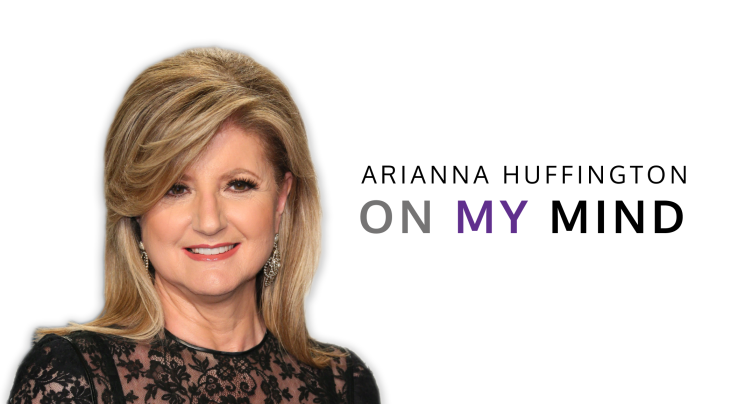
Jeff Wong: Innovation Re:Imagined
Jeff’s newsletter offers insights into technology, innovation, and digital transformation. It stands out due to:
- Thought-provoking content that challenges readers to rethink traditional approaches.
- Deep dives into emerging technologies and their potential impact on businesses.
- The inclusion of real-world case studies that showcase successful innovation in action.

Dorie Clark: Dorie Clark Newsletter
Dorie shares career development and personal branding tips in her newsletter. Key elements of its success include:
- Actionable advice based on Dorie’s own experiences as a successful entrepreneur and author.
- A strong focus on personal branding is a topic of high interest for many professionals.
- Frequent guest contributions, offering diverse perspectives and expertise.
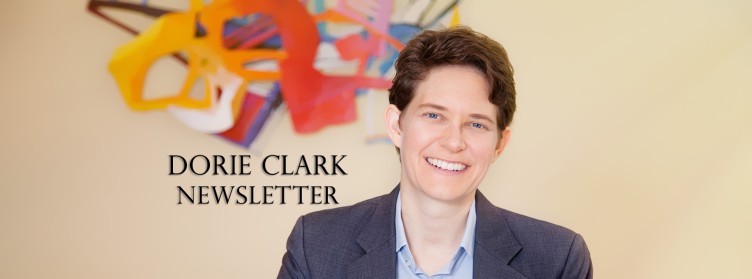
Ali Liaquat: The Catalyst (that’s me)
The Catalyst is designed to inspire change and make a lasting impact. Factors contributing to its effectiveness are:
- A mix of motivational content, personal stories, and practical tips that engage readers.
- A consistent publishing schedule keeps the audience engaged and looking forward to the next issue.
- Encouraging reader participation and feedback, fostering a sense of community.
By analyzing these successful LinkedIn Newsletters, you can find inspiration and apply best practices to create compelling content that resonates with your audience.
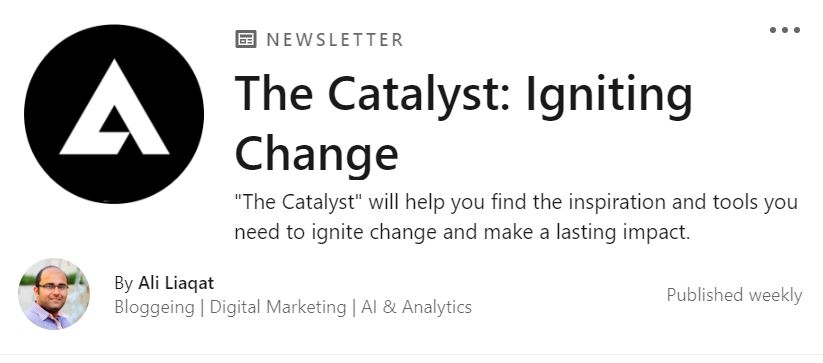
LinkedIn Newsletter vs. Substack
When it comes to choosing a platform for your newsletter, both LinkedIn Newsletter and Substack have their own unique features, benefits, and drawbacks. Let’s compare the two:
LinkedIn Newsletter:
Features:
- Built-in professional network of connections and followers
- Easy-to-use formatting tools
- Basic analytics for measuring performance
Pros:
- Access to a large, established network of professionals
- Greater potential for organic reach and engagement
- Enhances personal and professional branding on LinkedIn
Cons:
- Limited customization and design options
- No option for monetization
- Analytics not as comprehensive as Substack
Substack:
Features:
- Customizable design and layout options
- Advanced analytics and subscriber management tools
- Built-in monetization options (paid subscriptions)
Pros:
- More control over newsletter design and branding
- Detailed analytics for data-driven decision-making
- Ability to monetize content through subscriptions or donations
Cons:
- Requires building and growing an audience from scratch
- No built-in professional network for easy content discovery
- Potentially lower organic reach compared to LinkedIn
Ultimately, the choice between LinkedIn Newsletter and Substack depends on your goals, audience, and content strategy. If you want to leverage your existing LinkedIn connections and focus on professional networking, LinkedIn Newsletter may be the better choice.
If you’re seeking greater control over design and monetization options, Substack might be a better fit. Consider your unique needs and priorities when deciding on the right platform for your newsletter.
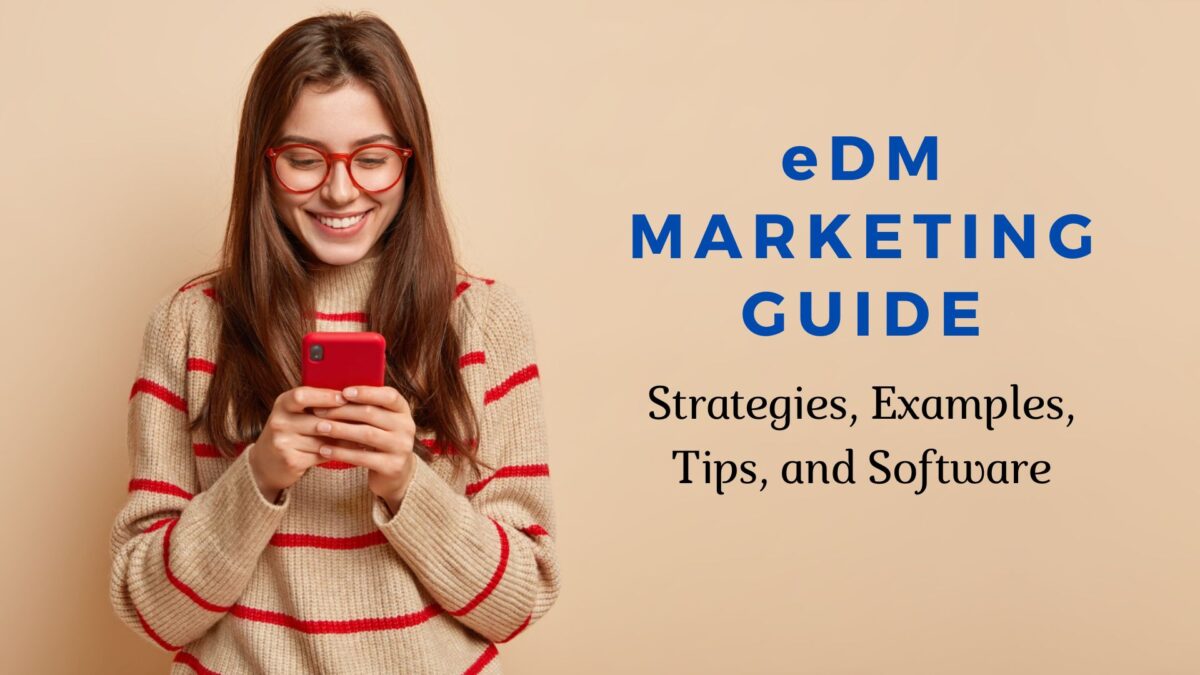
Analytics and Measuring Success
Understanding and utilizing analytics is crucial for measuring the success of your LinkedIn Newsletter. Let’s explore the different analytics available and how to use them to make data-driven decisions:
- Views: This metric shows the number of times your newsletter has been viewed. A high number of views indicates that your content is reaching a wider audience.
- Likes: Likes signify that your readers appreciate and resonate with your content. Monitor the number of likes to gauge the effectiveness of your content and identify which topics resonate most with your audience.
- Comments: Comments offer insights into reader engagement and provide an opportunity to interact with your audience. Analyze the comments to gather feedback and suggestions for future content.
- Subscriber count: This is the number of people who have subscribed to your newsletter. A growing subscriber count indicates that your content is valuable and that you’re successfully retaining your audience’s interest.
- Follower growth: Track the growth of your LinkedIn followers as it can be an indirect indicator of your newsletter’s success. Increased follower count could be a result of your compelling newsletter content.
To use analytics effectively:
- Set clear, measurable goals to help you evaluate your performance.
- Regularly review your analytics to identify trends, strengths, and areas for improvement.
- Experiment with different topics, formats, and styles to find what works best for your audience.
- Use reader feedback and engagement metrics to refine your content strategy.
By leveraging analytics, you’ll be able to make informed decisions, optimize your LinkedIn Newsletter, and achieve greater success in your personal and professional branding efforts.
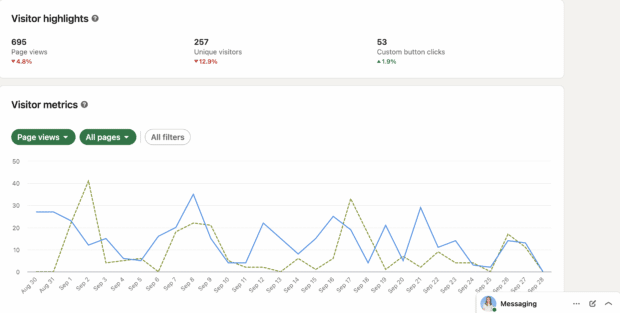
Conclusion
In conclusion, optimizing your LinkedIn Newsletter for SEO and utilizing its features effectively can significantly enhance your personal and professional branding efforts.
By understanding the platform’s advantages and best practices, you can create compelling content that resonates with your target audience, fosters networking opportunities, and positions you as a thought leader in your industry.
Remember to experiment with different content formats, use analytics to guide your decision-making, and engage with your audience to build a loyal following.
So, go ahead and unleash the full potential of the LinkedIn Newsletter to supercharge your online presence and make a lasting impact.

Ali is a digital marketing blogger and author who uses the power of words to inspire and impact others. He has written for leading publications like Business2Community, Inc. Magazine, and Marketing Profs. When not writing, he enjoys spending time with his family.


